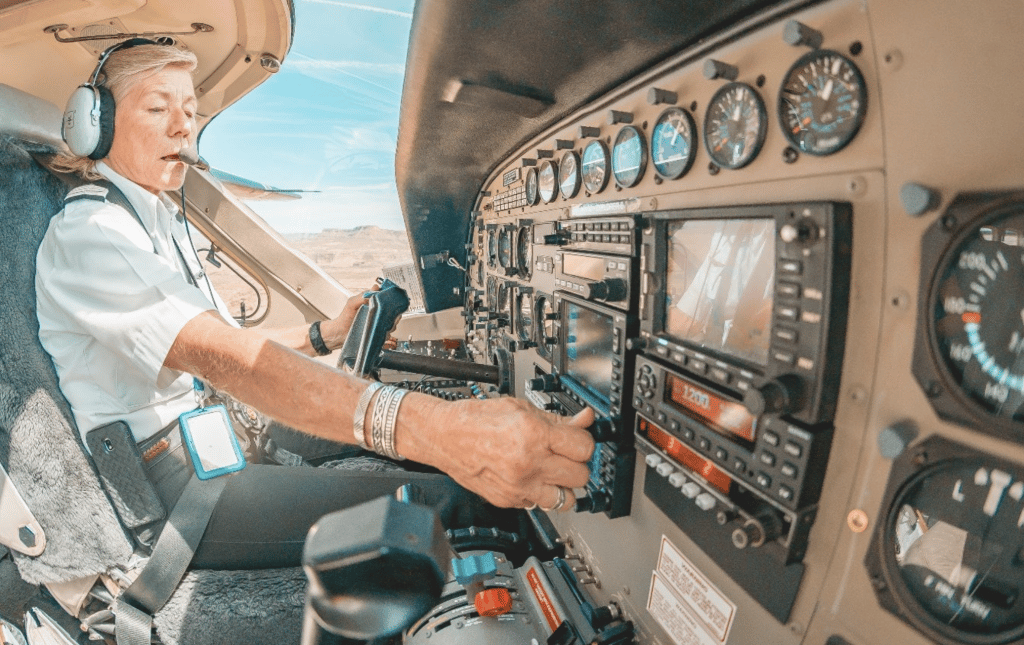Becoming a pilot was always a big dream for Michael Hsu. Over the years, he has earned his pilot’s license and an instrument rating to fly smoothly and effectively through the sky. People interested in becoming a pilot have many options that they can choose from, though they must do things according to the FAA. Here are a few steps you can take to become a pilot.
Michael Hsu Examines These Important Licensing Steps
Michael Hsu completed his pilot licensing exam in 2008 and earned an instrument rating not long after that. He took several steps that helped him gain his license and feel more comfortable in the air. These steps will vary according to your skills and experience. Some people will find them fairly simple to perform, while others may need to practice before trying this approach.
For example, he strongly suggests taking an introductory flight at a flight school to learn more about this process. Many schools charge a simple fee and let you go up in the air with a trained pilot. You’ll get the chance to control the plane while they discuss the process and help you. Don’t worry: there is a second set of controls available during the flight that the pilot will take if you run into any trouble!
After you get a feel for flying, decide if becoming a pilot is really right for you. Did you feel comfortable in the air and do you think you can handle these steps? If so, Michael Hsu suggests getting at least a third-class medical certificate from an Aviation Medical Examiner (AME) near you. They’ll gauge if you are healthy enough to tackle the unique demands of flying.
When you earn your certificate (which most people should do unless they have persistent or chronic health issues), research what kind of planes you’d like to fly. Are you interested in a single-engine plane for private use or larger planes for commercial flying? It is important to pick a flight school based on your needs and to identify the best possible training professionals for your needs.
For instance, a Part 61 training school can help you with many smaller planes and private flying, while Part 141 helps with larger or more challenging flying situations. Find a flight school near you that provides these classes and sign up. You will pay to go through these classes and typically put in 40-85 hours to earn a license. Are you up to that time frame? Then sign up and get started.
During your training, Michael Hsu suggests that it is important to focus on both ground classes and air flights. Don’t just skimp through your in-class lessons! These teach you how to control your plane and fly safely. You’ll also have to pass an extensive 60-question test when done. If you can’t get at least 70%, you’ll have to get a trainer to give you permission to retake the test. So get it right the first time.

